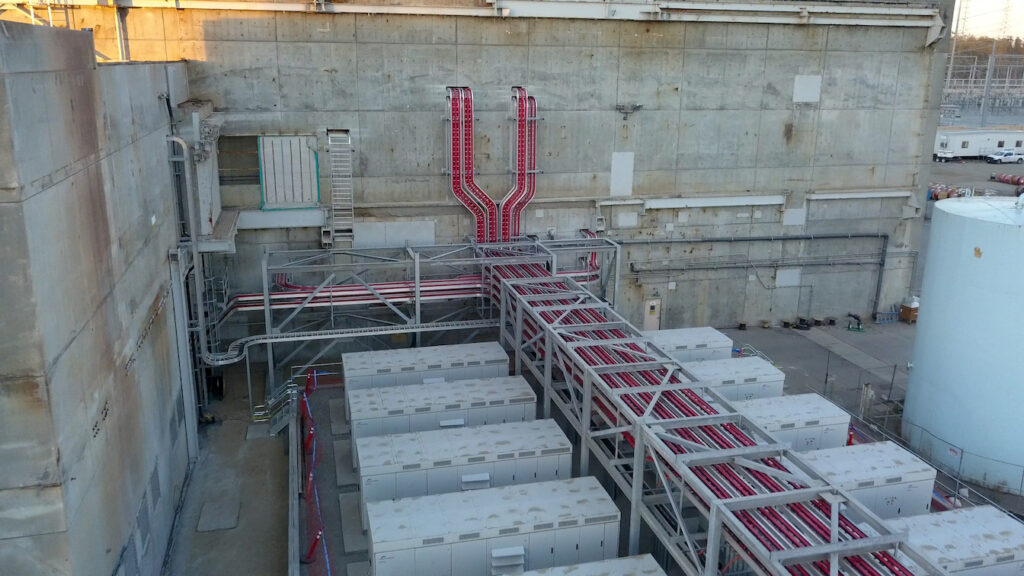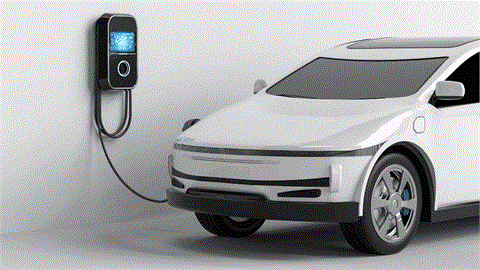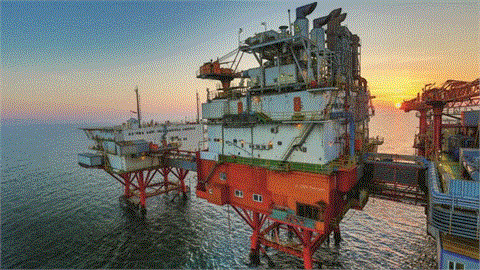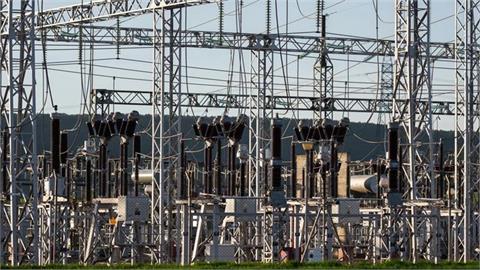by Andy Colthorpe* There’s barely time to catch our breath and take a short break before 2023 begins. In the meantime, here’s a chance to look back with the top picks of our content from 2022. As you can see in the list below, the most-read stories this year indicate that there’s a strong interest in the deployment of proven technologies in the form of lithium-ion and pumped hydro
At the same time, our readers are clearly also interested in the rise of innovative technologies that can complement or even compete with those two heavyweights. As have often been said, we’ll need a mix of the right technologies to get us where we need to go in terms of decarbonisation and modernising how we generate, use and store energy.
You may have already read the ‘Biggest projects, financing and offtake deals in the energy storage sector in 2022 (so far)’ list which we published yesterday. Later this week you can see our top interviews and selected Guest Blogs from the many we’ve been fortunate to bring you in the past 12 months.
We look forward to working hard again next year to continue shining a light on one of the most important and exciting industries the world has seen.
10. World’s biggest battery storage system comes back online after months of shutdown
12 July 2022
The 400MW/1,600MWh Moss Landing Energy Storage Facility in Monterey Bay California was brought back online after a temporary halt to market participation and operation.
Project owner Vistra Energy took it out of action after battery overheating incidents at both phase of the project, the world’s biggest battery energy storage system (BESS) facility to date.
Vistra said in a statement on 11 July that a successful restart has been carried out with more than 98% of the total 400MW storing energy and releasing it to California’s CAISO grid. The plan communicated earlier by the company, had been to have it up and running during the first half of this year.
9. Long-duration energy storage ‘for everyone’ says US DoE as McKinsey publishes advice to corporates
16 May 2022
The US Department of Energy (DOE) sought public input on how to direct US$505 million funding for its Long Duration Energy Storage for Everyone, Everywhere Initiative (LD ESEE), unlocked through the November 2021 passing of the Bipartisan Infrastructure Law.
According to the DOE, the US government has recognised the essential role of energy storage in enabling a carbon-free electric grid by 2035 and full decarbonisation of the economy by 2050.
Also, that week a new report published by the Long Duration Energy Storage Council (LDES Council) and McKinsey examined how corporate power purchase agreements (PPAs) need to move towards enabling the 24/7 use of renewable energy, with long-duration technologies playing a key role.
8. Metal-hydrogen battery going into high-volume production with 5GWh of customer orders
7 July 2022
US startup Enervenue made some headlines this year and last, having emerged from stealth mode in August 2020 with a proprietary nickel-hydrogen battery based on technology used in space operations.
Enervenue claimed to have already amassed 5GWh of customer orders, with a 25GWh opportunity pipeline in North America alone. Enervenue believes a low-cost, durable version of the tech, used on the Hubble Space Telescope and International Space Station and adapted for terrestrial use can become a market leader in stationary energy storage.
High-volume production was planned to begin before the end of this year in Fremont, California, and a gigafactory is being planned for a site in the US Midwest, producing devices suitable for grid-scale or even distributed energy applications.
7. Alternative technologies ‘may struggle to compete with lithium-ion’ as duration grows
24 March 2022
Long-duration energy storage technologies may have a difficult time competing with lithium-ion over the next decade, as the latter’s cost-competitiveness at longer durations increases, possibly even to 24 hours, Haresh Kamath of the Electric Power Research Institute (EPRI) told us.
“By the end of the decade, I think that we will probably have cost effective lithium at maybe even 24 hours [duration] systems if they’re needed,” Kamath said.
“My feeling is that many of the other proposed energy storage systems have yet to meet their price targets and they certainly have not met their targets in terms of maturity. And so they’re going to have a tough go competing with lithium ion in the next decade.”
As might be expected, some in the industry, particularly LDES tech companies, had something to say about Kamath’s remarks and we expect this debate to continue well into 2023.
* Editor, Energy-Storage.News. Contributor to: PV Tech Power, PV Tech, Solar Power Portal, Current±
(continue reading in www.energy-storage.news)




